#nubian pyramids
Explore tagged Tumblr posts
Text
Nubian pyramids, Northern Sudan: The Nubian pyramids were constructed by the rulers of the ancient Kushite kingdoms in the region of the Nile Valley known as Nubia, located in present-day northern Sudan. This area was the site of three ancient Kushite kingdoms. The capital of the first was at Kerma (2500–1500 BC), the second was centered on Napata (1000–300 BC) and the third was centered on Meroë (300 BC – 300 AD). Wikipedia
#Nubian pyramids#Ancient Kushite kingdoms#Nile Valley#Nubia#Egyptian architecture#UNESCO World Heritage Site#Northern Sudan#Africa
228 notes
·
View notes
Photo
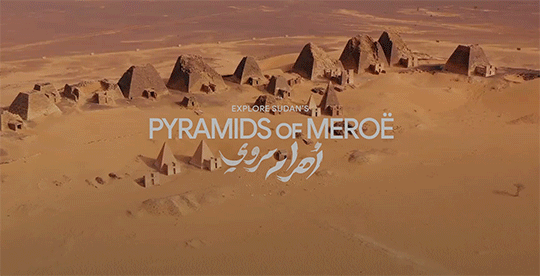
explore sudan’s pyramids of meroë
#gif#MEROË#sudan#PYRAMIDS OF MEROË#nubian pyramids#africa#ancient civilizations#unesco#google#google arts & culture#web experience#interactive experience#art experiments#kushite kingdom#meroe#desert#landscape#culture#pyramids#desktop experience#architecture#elements#check it out it’s really cool
7 notes
·
View notes
Video
youtube
Exploring the Ancient Nubian Pyramids: Secrets of Sudan's Meroe Pyramids
0 notes
Text
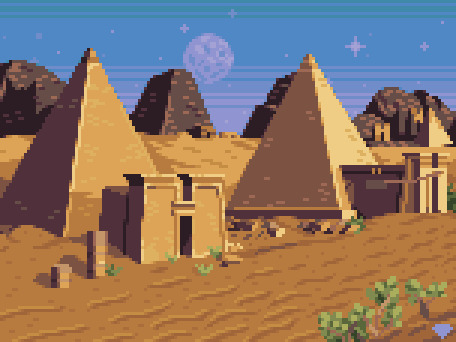
Nubian Pyramids
#pixel art#artists on tumblr#pixel#pixelart#pixel aesthetics#8bit#pixel graphics#aseprite#pixel illustration#my art#archaeology#bronze age#pyramids#nubian art
115 notes
·
View notes
Photo

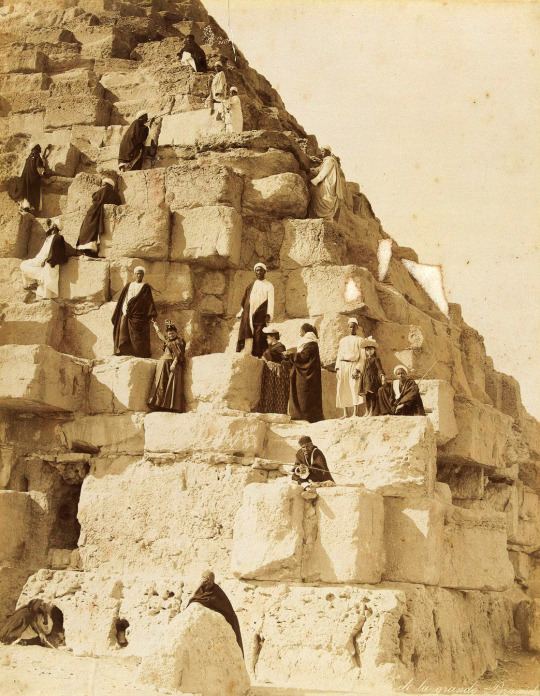
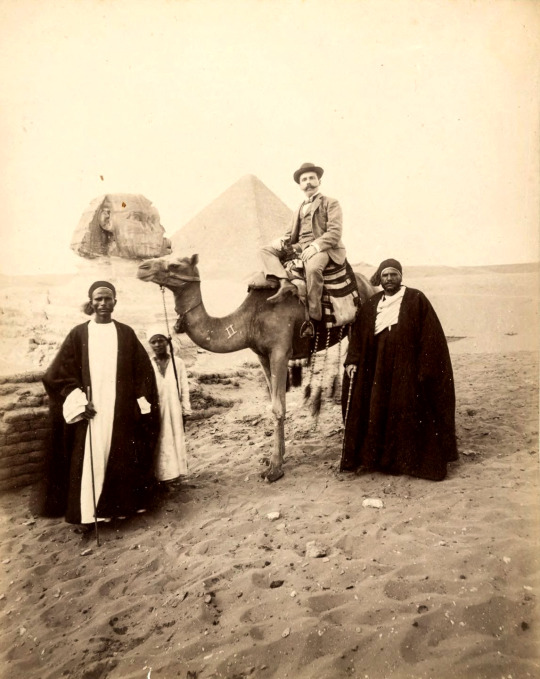

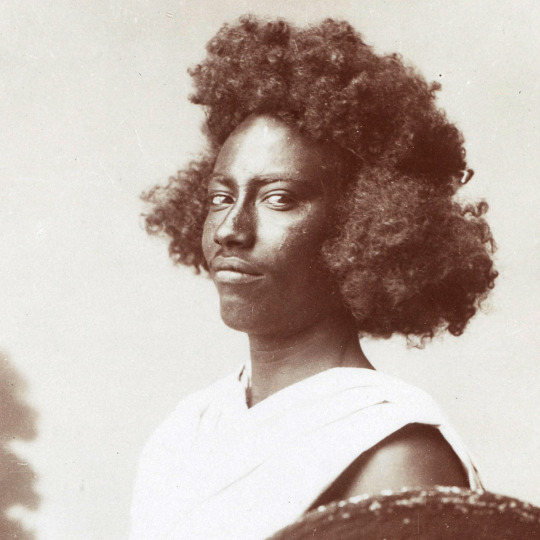

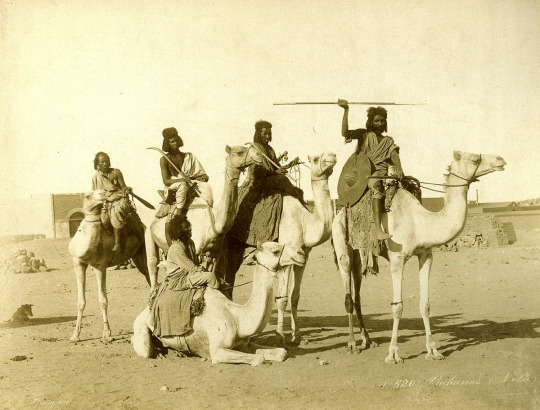
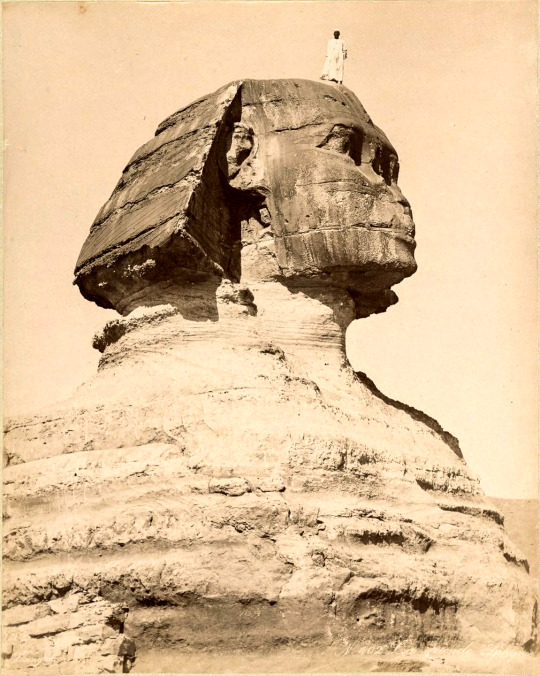


‘Egypt’ by The Zangaki Brothers (1870-1890)
C. and G. Zangaki were two Greek brothers who were active photographers in Egypt from the 1870s to 1890s.
The brothers traveled along the Nile accompanied with a horse-drawn darkroom wagon to document the Egyptian scenery and events.
Images included views of the pyramids, e.g., Cheops or the Sphinx and the cities, e.g., Suez or Alexandria, as well of Egyptians going about their daily lives, a teacher and pupils, men by the Nile, or women at home.
The pictures taken were sold as souvenirs to European tourist.
#egypt#sudan#egyptians#arabs#beja#nubians#giza#sphinx#nile#european travel#tourism#pyramids#photography#1800's#19th century
157 notes
·
View notes
Text

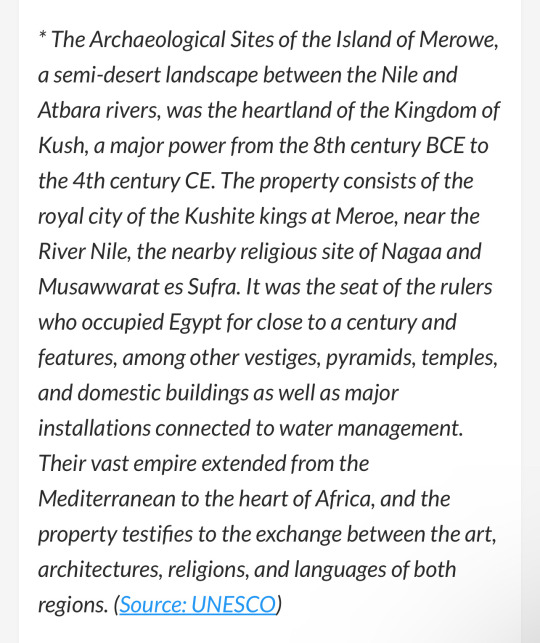
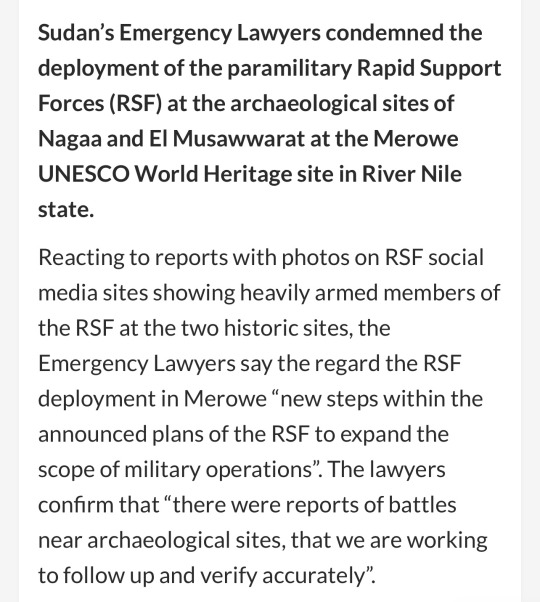

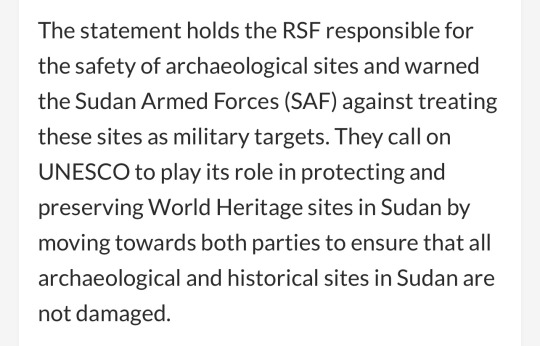
#Meroe is also the site of hundreds of Nubian pyramids#meroe#keep eyes on sudan#North Africa#horn of Africa#Middle East#artifacts#archaeology
4 notes
·
View notes
Text

Gala Dinner Experience
Indulge in a Gala Dinner Experience with Savvy Travelers, savoring exquisite cuisine and entertainment!
#egypt nile river cruise#egypt nile cruise#luxurious nile cruise#nile river cruise#cairo exploration tour#pyramids giza visit#valley kings excursion#egyptian museum tour#alabaster mosque visit#sakkara necropolis tour#mena house experience#hatshepsut temple exploration#colossi memnon sightseeing#edfu temple discovery#aswan felucca ride#abu simbel excursion#cataract hotel tea#philae temple visit#nubian village tour#kom ombo visit#karnak temple exploration#luxor market shopping#hathor temple tour#dendara temple visit#abdeen palace tour#coptic cairo exploration#welcome reception cocktail#gala dinner experience#egyptologist guided tour#exclusive shore excursions
0 notes
Text
Explore the power of Nubian Crystal Pyramids for energy healing and protection. Shop our collection to enhance your space, balance chakras, and promote positive energy. Perfect for home decor or office use.
0 notes
Note
you said in your post about egypt that you wished people would pay more attention to other spots- would you mind telling us about those spots? like, in your opinion, what are the most beautiful things in egypt?
!!! IM SO GLAD YOU ASKED
usually people like to visit the pyramids, the library of alexandria and alexandrian beaches and some temples in upper egypt which yk understandable they're incredible, but there's so much more to see!!
in the heart of cairo there's so many beautiful historic religious places to visit. coptic cairo is stunning, i recommend anyone visiting egypt to go visit a coptic church if they can the architecture will blow you awayyy my parents took me to visit one when i was really young and to this day it's one of my favorite memories of egypt. and the mosques too! we have some of the oldest mosques in africa they're definitely worth a visit.
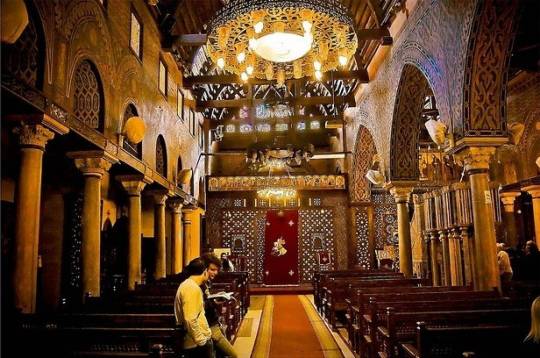
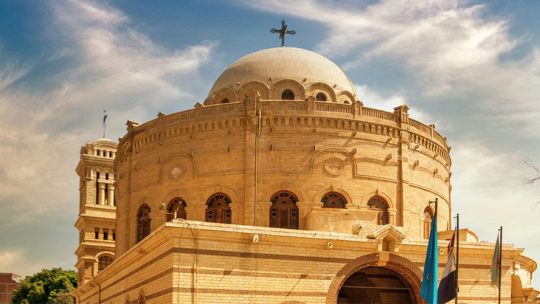


the siwa oasis!! i haven't been there myself and i'm literally never not salty about it😭 every time we try to plan a trip there something comes up </3


on the north coast, alex is by far the most visited city (for good reason) but in terms of beaches and resorts i prefer marsa matrouh it's less crowded, and the water is so clear it's insane
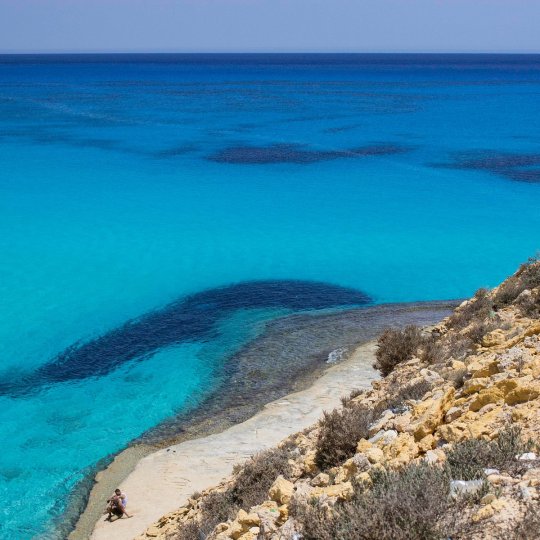

on the red sea sharm el sheikh is a mustttt visit destination, i went snorkeling there for the first time and got see the pretty coral reefs it's one of my favorite places everrrr in egypt <33

taba is also another place in sinai that looks freaking unreal but i haven't been there yet
i haven't been to upper egypt unfortunately but aside from visiting the famous temples in luxor and aswan i really want to see nubian architecture in person, it's so colorful and full of life
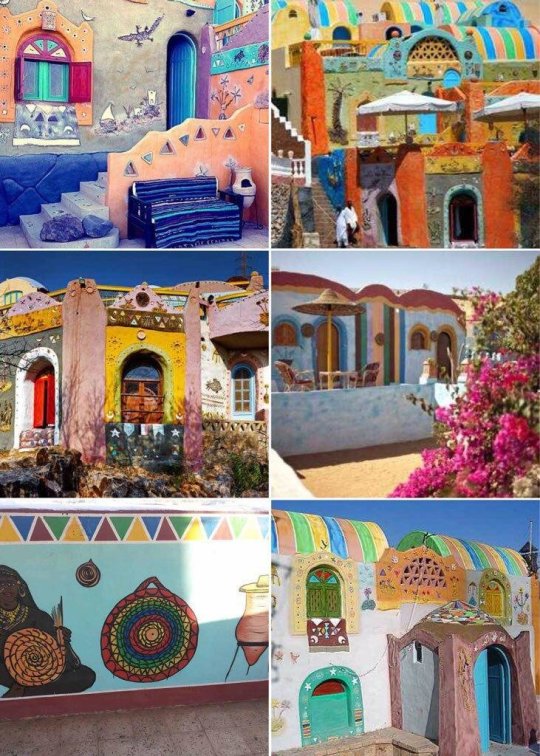
#*upper egypt is actually southern egypt btw the naming is ancient egyptian#inbox#there's so many places i didn't even mention like wadi el hitan and port said and al arish ugh
398 notes
·
View notes
Text
The flooding of a civilization of the past. A young Egyptian boy before the monuments of his ancestors before the foreign government moved the site.
#kemetegyptafrica #kemet #Africa #black #pyramids #love #travelblogger #photooftheday #instadaily #instagood #fyp #ancientegypt #truth #conciousness #anunaki #Conspiracy #mystery #artifact #art #africanhistory #giza #photooftheday #instadaily #fyp #explorepage #conciousness #africa #art #3d #love Egypt #instagood #nubian #aswanegypt #Luxor #village
#african#afrakan#kemetic dreams#africans#brownskin#brown skin#afrakans#african culture#afrakan spirituality#epic video
90 notes
·
View notes
Text
Ancient Egypt and Ostrich Feathers
Have a question for the Egyptologists and knowledgeable fans of Ancient Egypt about ostrich feathers.
(btw is there an Egyptologist Tumblr community? I follow @thatlittleegyptologist but don't know of any other accounts. HMU!)
When I was in Egypt last month I went to the Grand Egyptian Museum to take the very limited tour of the atrium they offer now. It... wasn't worth the money. Anywho, our tour guide did his best to make it seem valuable by talking a LOT about each thing he showed us.
Next to the colossal statue of Ramses II that dominates the atrium there's a table showing the emblems of royal iconography. The sun disk, the nemes headdress, cow horns, and a feather. He asks us if we know what that last one is and I or someone says it's the feather of Ma'at. Correct! Do we know what bird it comes from? The ostrich, someone else says. Why did they choose ostrich feathers for Ma'at and also certain crowns?
On this trip I had gone to the Nubian museum and thus had just seen several pieces of art from pre-historical peoples that utilized ostrich eggs, including a famous one that had three pyramids etched into it along with some animals. So I said something like: The ostrich has been an important animal even before the pharaohs. They relied on it for food and made art with the eggs. The tour guide (Mark) said: That's an awfully materialistic view. No, that's not why.
Now... I know I'm not an expert even though I know a lot about ancient Egypt. But "a materialistic view"? Like somehow it's not enough that ostriches provided food and probably were used in other, important ways? Why do you think Hathor is represented as a cow and there are cow horns incorporated in crowns? Because they look cool? wtf?
Mark then goes on to tell this story. Back in the dawn of civilization in Egypt the Egyptian man didn't have much to do during the day. (eyebrow raise) So he started collecting feathers from all the birds that flew above him in the sky. (...um... wait...) He would collect and then count the barbules and do you know what he discovered? Only the ostrich had the same number of them on both sides. That's why this is the feather of balance and justice.
Friends. I have never wanted to scream SHENANIGANS or at least CITE YOUR SOURCES so much in my life. Like... what?
Leaving aside the implication that ostriches were somehow flying above ancient Egyptians or that there was some point where men didn't have a dang thing to do all day but count the little hairs on feathers, I feel like this explanation is complete hooey. I mean, it could be that all or some of an ostrich's feathers have the same amount of barbules on either side of the middle bit. You might even be able to convince me that this isn't true for any other bird that someone from the Nile valley 6,000+ years ago had access to. But I'm going to need a ton of supporting evidence that this is the sole reason why the feather of Ma'at is an ostrich feather and not for the "materialistic" reasons I cited.
Also, I'm sorry, but I'm real sure predynastic Nile valley dwellers were far more concerned about food and shelter than coming up with complex reasons for using a certain kind of feather to represent a metaphysical thing.
However, I could be wrong! So I'm asking: is there evidence for Mark's version of events? Is this, you know, written somewhere in a papyrus or on a temple wall or another place? I would honestly love to read any papers on this subject, whatever the background on it.
As to the Grand Egyptian Museum, I really hope that whoever they hire to give tours when the whole thing opens are better at this than Mark. I wasn't impressed with his tour overall and eventually gave up listening to him once I saw that there was a gelato place open for business inside.
#Egyptology#Egyptologists#Calling for Egyptologists!#Egypt#Ancient Egypt#I need to know if Mark is right#okay kay what I really want to know is that mark is wrong
322 notes
·
View notes
Text

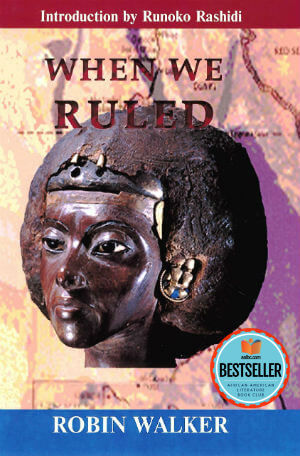
The book that will change everything you know about African history:
When We Ruled by Robin Walker.
In 700 pages of groundbreaking research, Walker uncovers the hidden story of Africa's past.
If you don't have a couple of months to read it yourself, here are 10 important things I learned:
The Nubian Kingdom of Ta-Seti is the oldest kingdom on Earth
Sudan has more pyramids than Egypt.
The libraries of Timbuktu housed more books than any European collection during the Middle Ages.
In 951 AD, a cheque was written in Aoudaghost (Ancient Ghana) worth 42,000 dinars.
Ile-Ife (Nigeria) had streets paved with maize cobs in 1000 AD - But maize comes from America and Columbus didn't get there for another 400 years 🤯
Malian voyagers set sail for America in 1311 AD, 181 years before Columbus.
The Malian Emperor, Mansa Musa, is the richest man in recorded history. On his journey to Mecca, he stopped in Cairo and spent so much of his gold that Cairo's economy crashed due to inflation, and didn't recover for 12 years.
In the 14th Century, Timbuktu was 5 times larger than London.
15th-century manuscripts from Timbuktu show the planets revolving around the sun. They were written over 150 years before Nicolaus Copernicus discovered this in 1543
The longest earthworks in the world carried out before the mechanical era are the Ancient Walls of Benin and Ishan, located in Edo State in present-day Nigeria.
15 notes
·
View notes
Text
puppets
i had the idea for a single scene from a fic but couldn't think of what else would be in such a fic so i decided to put it to tumblr. if you want to write the fic just send me the link
TW: clone abuse, mind manipulation, Palpatine being a sleemo.
“CC-1010, execute orders 13 and 14,” the chancellor commanded, before pointing to a corner between two bronze statues. “And then kneel in that circle, drawn on the floor.” Palpatine smiled, reveling in the despair of the clone trooper as his body moved against his will to turn off his helmet cam and kneel in the rune circle.
“Supreme Chancellor, sir,” the intercom on Palpatine’s desk buzzed, “knight Skywalker is here to visit you.”
“Send him in.” Immediately after Palpatine spoke, the blond jedi strode through the door. When he saw Fox, kneeling in the corner, his eyes dimmed and glazed until he turned away.
“Chancellor! It’s so good to see you again, I’ve been on campaign for months. How have you been since I left?” At Palpatine’s gesture, Anakin sat down on the low, black bench across from the mahogany desk. “Has the senate been giving you trouble again?”
“They have,” Palpatine started, picking up a large square stamp out of a pad soaked in Fox’s blood and hiding it in his large sleeve. “But I’m feeling much better, now that I’ve seen you again.”
“Thank you, sir,” Anakin started to grin, “but really h-“ as the jedi’s smile pressed his eyes shut, Palpatine struck, pressing the stamp to Anakin’s forehead where it imprinted bloody runes. Immediately, the boy’s face slackened, his eyes opening back up but appearing more purple than blue and entirely vacant. Palpatine gestured as if pulling something, and an image like a 3-dimensional map appeared, except in white and red instead of blue.
“Do you see this, clone?” he said, pointing to the lowest level of the structure, which was a pyramid of increasingly small pavilions held up by Nubian-style columns. “Do you see how this lower level has columns that have been Darkened?” He pulled his hand through the projection, and a red thread followed his fingers.
“These are the pillars of his sanity. Beautiful, aren’t they?” He tied the string around one of the white columns. “It is such a shame that I have to Darken them one at a time, or his mind will automatically purge the Dark, but it does give me more options.”
He laughed.
“Soon enough, there will be enough Darkened pillars that his sanity will crumble, and he’ll have just as much control over himself as you do, when your control chip is activated. This slow movement gives me time to decide whether I want him to be too delirious to disobey, or for him to truly believe that everything I say must be perfectly true. Either way, within the year he will be obeying so well that I can order him to kill all the younglings in the jedi temple and he won’t even consider not doing so. Wont it be glorious?” He turned back to fox, grabbing his chin and wrenching his head up painfully. “Tell me it will be glorious, commander.”
“It will be glorious, your Excellency.” Fox felt like pukeing, as his body spoke the words without his consent. the Sith smiled and turned back around.
“My masterpiece is almost complete.” He banished the image, putting his grandfatherly façade back on. “In just over a year, now, this republic will become my Empire.” He used the Force to clean off the general’s forehead.
“-ow’ve you been?” Anakin continued on with his sentence, not noticing that anything happened. Palpatine smiled and gave a grandfatherly laugh, offering to order food for them both.
An hour later, the food eaten and the young knight sent away, the chancellor turned to fox one last time.
“Perhaps I will pay a visit to Senator Amidala today, and use the Force to make her more … fertile … than she naturally would be. After all, my soon-to-be apprentice is so family oriented, his wife entering a delicate state may speed his Fall. My empire may come in as little as 8 months, instead of 14.” the Nubian man sat at his desk. “What do you think, clone?”
“Whatever your excellency decides is best, your excellence.”
“Good. Stand, CC-1010. Wash that circle off of my floor.”
As Fox’s body moved, he ruminated. This wasn’t the first time he had seen his excellency do force osik, of course, as Darth Sidious loved to gloat, but this was a low that Fox hadn’t yet seen. The future the chancellor spoke of was horrific, and fox wished it were possible to kill him to avert it. At least fox would have control over his own thoughts, even if not his body. It was a cold comfort, but it seemed General Skywalker wouldn’t even have that.
Fox strode out of the chancellor’s office wishing that sometime soon the chancellor would forget to call order 14 so he could talk about what happened when the chancellor required his presence.
#star wars#stars wars#the clone wars#anakin skywalker#clone troopers#coruscant#coruscant guard#commander fox#darth sidious#the coruscant guard#the coruscant guard deserves better
21 notes
·
View notes
Text
These are hardly ever shown. Far more people should hear about these, they're incredible 😊
Nubian pyramids, Northern Sudan: The Nubian pyramids were constructed by the rulers of the ancient Kushite kingdoms in the region of the Nile Valley known as Nubia, located in present-day northern Sudan. This area was the site of three ancient Kushite kingdoms. The capital of the first was at Kerma (2500–1500 BC), the second was centered on Napata (1000–300 BC) and the third was centered on Meroë (300 BC – 300 AD). Wikipedia
#africa#Nubian pyramids#Ancient Kushite kingdoms#Nile Valley#Nubia#Egyptian architecture#UNESCO World Heritage Site#Northern Sudan#Africa#ancient architecture#historical sites#history facts#african history#wonders of the world#tourism#incredible places#interesting sites#places of wonder#history#our history#the world#travel#ancient wonders#architecture#the past#traveling#sight seeing#places to see#places to visit
228 notes
·
View notes
Text
Incest on the Nile, Part One
Oh, the Egyptians. One of the greatest ancient civilizations. Remembered by their mummies, pyramids and well, incest. Not only in the myths but in the man pharaonic lines.
"It's incest! Like the Kings and Queens of Ancient Egypt!"
As said by Melanie, from The Magic Toyshop, upon seeing a brother and sister kissing. I had full intention of making a gif from this scene in movie, but the version I can find on youtube is of such bad quality that I decided it's not worthy.
Either way, the point is, the Egyptian Pharaohs were famous for inbreeding, and their gods reflect that. Specially because the Pharaohs were seen as being an incarnated god, so it makes sense they do as the gods did and marry their sisters. Besides, incest helps with the concentration of power, which is something monarchs love.
According to the The Bremner-Rhind Papyrus, which recounts the Heliopolis Creation Myth. There was the first god, who narrates the text and is left unnamed, but through other sources we can assume to be Atum, who is often associated with Ra, and through that association, to Amun. This first god created Shu and Tefnut and this lineage created all the other major gods. The texts says:
"I came forth from the roots, I created all reptiles and all that exists among them. Shu and Tefnut begat Geb and Nut, and Geb and Nut begat Osiris, Horus Mekhantenirti, Seth, Isis, and Nephthys from the womb, one after the other, and they begat their multitudes in this land."
Shu and Tefnut
Shu, god of air, and Tefnut, goddess of moisture, are the children of Atum. An account of their birth, in which they are said to be twins, is given in the pyramid text of Pepi I, who ruled between the 24th and 23rd centuries BC:
"Atum is the one who came into being as one who came (with penis) extended in Heliopolis. He put his penis in his fist so that he might make orgasm with it, and the two twins were born, Shu and Tefnut."
In the pyramid text of Unis, who ruled circa 2345–2315 BC, the two are mentioned to be, together, considered the "Dual-Lion":
"Dual-Lion, who made their two gods and their body themselves—that is Shu and Tefnut, who made the gods, begot the gods, and set the gods."
Tefnut and Shu were frequently represented as a dual-headed being, so I would dare to say they are quite co-dependent, like those couples to never leave each other side. Execpet that one time Tefnut left Shu to go on a killing spree in Nubia. A text known as the Leyden Papirus narrates "the mission imposed by R[a] on Thoth and Shu to conciliate Tefnut, his daughter, who as a result of a quarrel has assumed the form of a lioness and withdrawn to the Nubian desert; the two gods transform themselves into apes, pacify the goddess by the magic and eloquence of Thoth, and return with her to Egypt" (West, 1969).
Geb and Nut
Geb, god of earth, and Nut, goddess of the sky, were the children of Shu and Tefnut, and they were in love. However, the sun god (be it Ra, Amon or Atum) feared that the children of this union would usurp the throne of from, so he placed a curse that forbid her from giving birth in any day of the year, which had 360 days. Luckily for Nut, Thoth helped her, by getting the light from the moon god, Khonsu, and using this light to make 5 extra days in the year. On each day, Nut gave birth to a different child: Osiris, Horus, Set, Isis and Nephthys. The sun god didn't like this a bit and ordered Shu to physically hold Geb and Nut apart so they could no longer have children.
Geb and Tefnut
Some traditions, starting in the 30th dynasty, claim that Geb married his mom, Tefnut, after his father forcefully split him from Nut. In the Shrine of Ismailia, better known as the Shrine of El Arish, there's an inscription that recounts Shu's battle against Apep, and that Geb used his father's absence to take control of the Kingdom. The problem is that most translation of this text are in German, I don't speak German. The little I could translate, with Google's help said something like:
"Geb looked at his mother; he desired her very much, and his heart longed for her, and therefore he travelled the earth in great suffering [...] he found her in that place called Pecharti; then he seized her by force. Now there arose a very great uproar in the palace."
However, other version don't include the rape. According to Jørgensen (2014) the Tebtunis Mythological Manual, which dates to the 2nd century CE, says that:
"He lay with his mother Tefnut, so that they were doing harm to Shu."
Maybe Tefnut consensually had sex with Geb, since the text describes "they" both a doing harm to Shu. But, more likely than anything else, considering that this is such a late myth, this story shouldn't be considered as reflective of Geb and Tefnut's relationship. Scholars speculate that Geb taking Tefnut as his wife is a way to symbolize the transfer of kingship of Egypt, with Geb taking both the crown and the wife of Shu.
The Curious Case of Hathor
I think that it's a well established fact that myths tend to change with time. Hathor is the victim of many of theses changes. It seems that initially, in the Old Kingdom, she was thought of as being the wife of Ra. In this position, she was the mythological mother of the Pharaoh, a role that later would be filled by Isis. However, she is also conflated with Sekhmet, daughter of Ra, and fills the role of the Eye of Ra. You know the story about Teftnut going on a murder spree? Sometimes, it's Hathor who is the one to cause devastation. On the complete polar opposite, she's also said to be the mother of Ra, but in a solar cycle type of deal that each day she births him and each night he births her and so they are forever reborn.
Hathor is also credited as being the mother of Horus, possibly having had this role for even longer than Isis, but after Isis rose to prominence, she appeared in the ole of a care taker to Horus, nursing him with her milk (she's a cow goddess) while he was hidden from Set. However, in some locations, she is linked to Horus not through motherhood, but through marriage, being his wife.
Interestingly, Hathor never seem to occupy two of these roles at the same time. She's never a mother-wife to Ra or Horus. Her role seems to change accordingly to what is 'popular' at the time. This is why I'm including this as a curious case of incest, because as far as I can find, she's never married to her son. She just happens to be married to two someone who are sometimes said to be her son.
In my own personal syncretisation of all this versions of Hathor, I would say she's the daughter and consort of the Ra, who dies every night and she rebirth him every day, making her his mother too. Then, when kingship passed to Horus, she married him, having also have nursed him in his infancy (or maybe he is her biological son from her union with Ra). This would be a nice and neat way to make sense of it all, but mythology is rarely nice and neat.
References
Allen J. P. (2015). The ancient Egyptian pyramid texts (Second). SBL Press.
Faulkner, R. O. (1938). The Bremner-Rhind Papyrus: IV. The Journal of Egyptian Archaeology, 24(1), 41–53.
Jørgensen, J. K. B. (2014). Egyptian Mythological Manuals: Mythological structures and interpretative techniques in the Tebtunis Mythological manual, the manual of the Delta and related texts. Det Humanistiske Fakultet, Københavns Universitet.
Wilkinson R. H. (2003). The complete gods and goddesses of ancient Egypt. Thames & Hudson.
West, S. (1969). The Greek Version of the Legend of Tefnut. The Journal of Egyptian Archaeology, 55, 161-183.
#proship#shipcest#egyptian mythology#brother x sister#sibcest#mother x son#father x daughter#mythology review#parentcest#parent x child#filicest
40 notes
·
View notes
Note
Does anyone know which ancient civilisation built those pointy, narrow pyramids which were originally painted from the outside? And where they were located? They are African pyramids, though not Egyptian, that's as much as I remember from the documentary I watched about them ages ago. And googling hasn't helped me. Google directs me to Nubian pyramids, but I haven't read one article that said they were painted.
-
5 notes
·
View notes